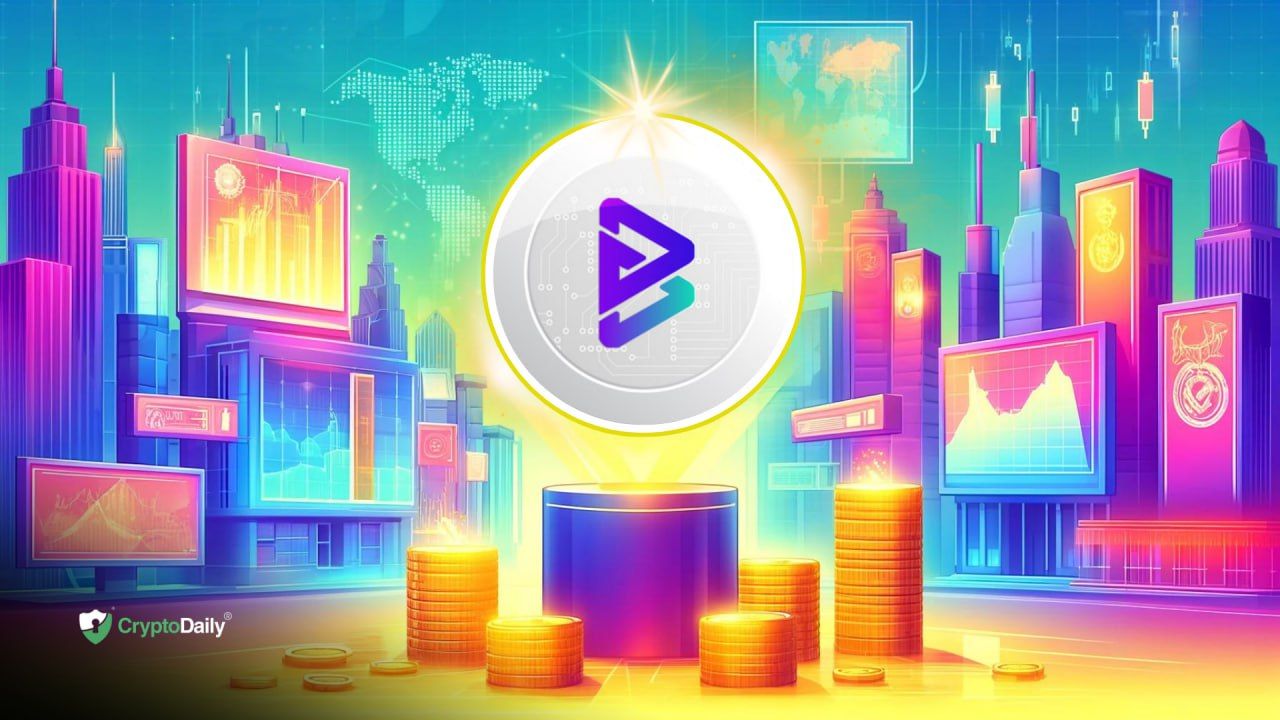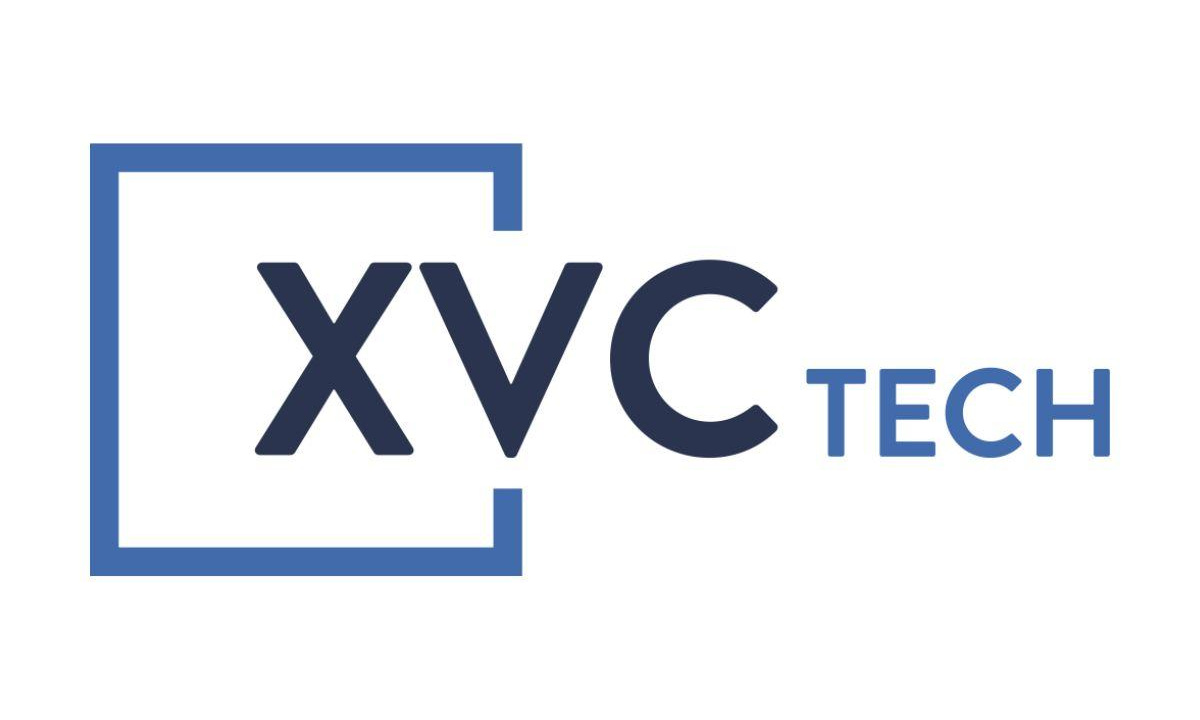The central bank in Thailand is moving ahead with its digital currency project by building a blockchain-based prototype solution.
This solution will allow the Bank of Thailand to settle interbank transactions using a digital currency among its eight commercial bank partners. BoT’s tech partner Wipro announced the news earlier this week.
For those that don’t know, Wipro Limited is an Indian multinational corporation that provides information technology, consulting and business process services. It is based in India and as of this year, the firm turns over $8.47 billion annually.
They built the prototype as part of the central bank’s digital currency project, called Inthanon. Wipro and blockchain enterprise software company R3 on Corda platform development services.
The solution will allow decentralised interbank real-time gross settlement using a wholesale Central Bank Digital Currency for faster payments, Wipro said.
“The prototype has successfully demonstrated that DLT [distributed ledger technology] can significantly enhance payment efficiency by enabling 24/7 interbank settlements.”
The BoT first announced the project in June, seeking to create its own blockchain-based cryptocurrency to make interbank transactions both faster and cheaper.
Back in August, the central bank said that the ultimate goal of the effort is to also “enhance efficiency of the Thai financial market infrastructure.”
The project’s banking partners include Bangkok Bank Public, Krung Thai, Siam Commercial Bank, Standard Chartered Bank and HSBC, as well as others.
On top of this, the BoT also revealed that it is working on another DLT proof-of-concept designed to boost the efficiency of government bond sales.
Blockchain Adoption
Outside of Thailand, it seems that blockchain has been making strides but in the Netherlands, the Dutch central bank has worked with blockchain to create four DLT prototypes. They evaluated each of their developments and were, in the end, unimpressed by the outcome.
The Distributed Ledger Technology came with limits such as low capacity, very high energy usage leading to a lack of efficiency and no certainty that payments have gone through.
The director of payments and market infrastructures at the De Nederlandsche Bank, Ptera Hielkema, said, “We started with baby steps, understanding the Bitcoin software and mining in a centralised versus decentralized way. Then we built prototypes and tested whether DLT networks could benefit parts of our market infrastructure while still providing the functionality needed in payments.”
Investment Disclaimer







